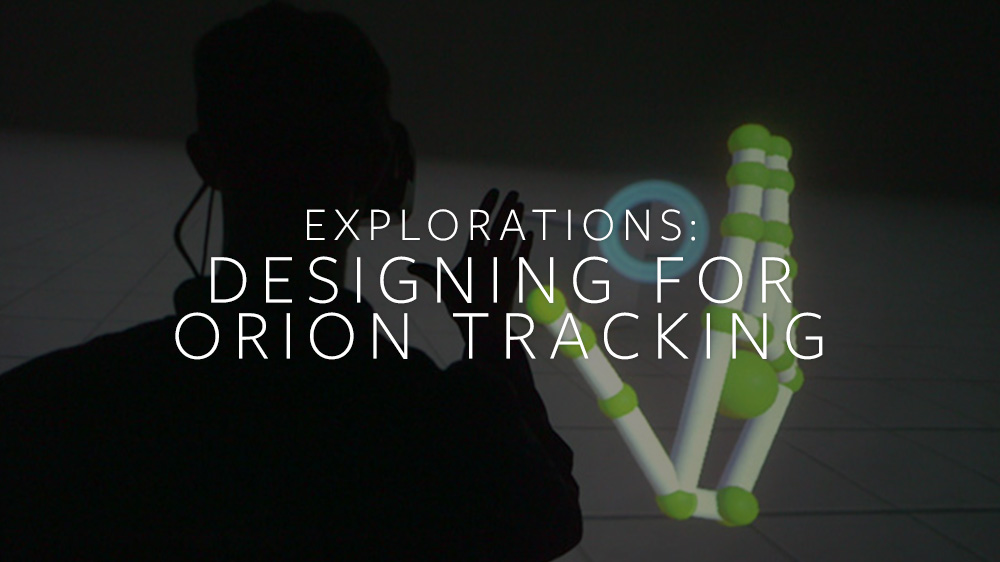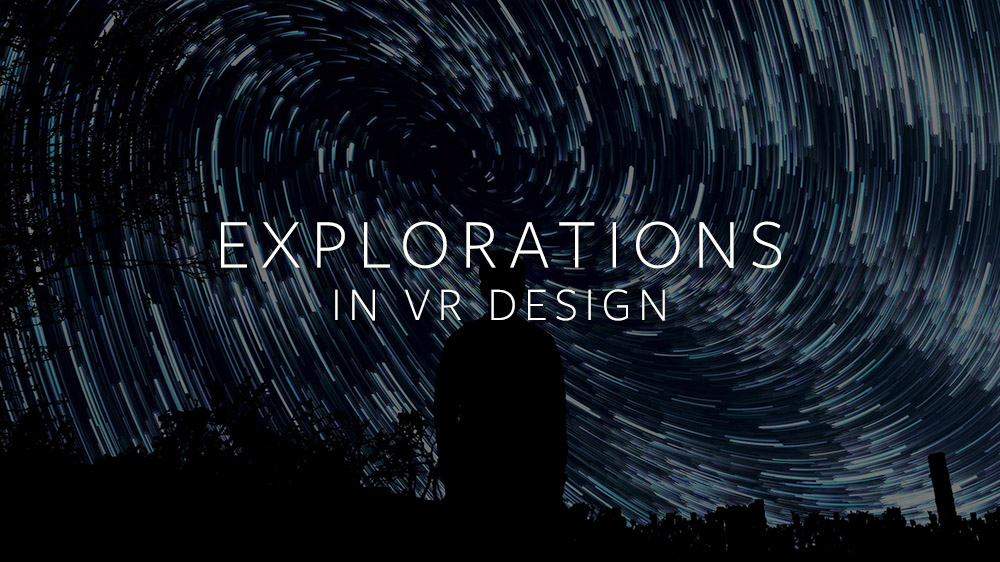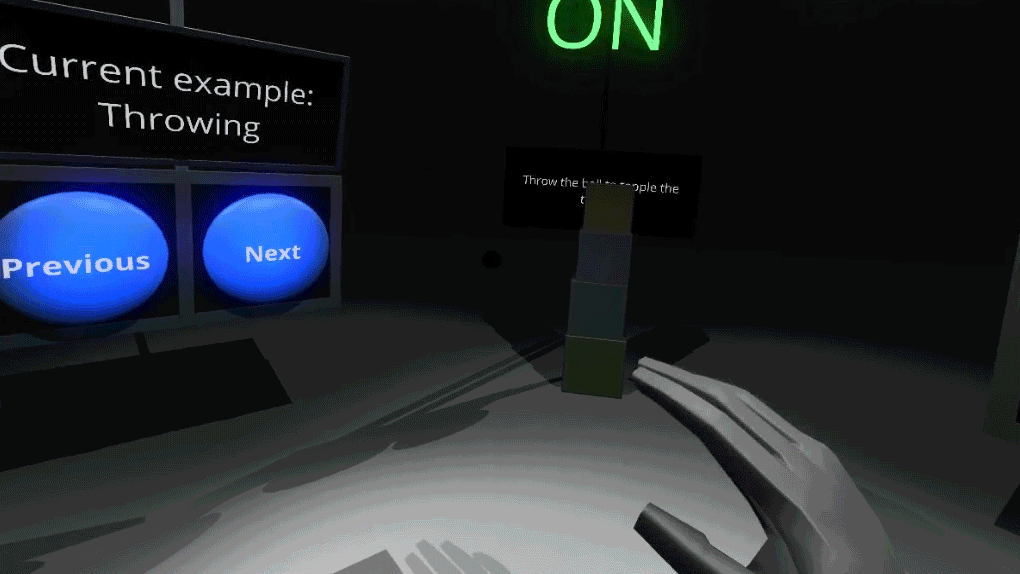Update (6/8/17): Interaction Engine 1.0 is here! Read more on our release announcement: blog.leapmotion.com/interaction-engine
Game physics engines were never designed for human hands. In fact, when you bring your hands into VR, the results can be dramatic. Grabbing an object in your hand or squishing it against the floor, you send it flying as the physics engine desperately tries to keep your fingers out of it.
But by exploring the grey areas between real-world and digital physics, we can build a more human experience. One where you can reach out and grab something – a block, a teapot, a planet – and simply pick it up. Your fingers phase through the material, but the object still feels real. Like it has weight.
Beneath the surface, this is an enormously complex challenge. Over the last several months, we’ve been boiling that complexity down to a fundamental tool that Unity developers can rapidly build with. Today we’re excited to share an early access beta of our Interaction Engine, now available as a Module for our Unity Core Assets.
Read More ›








